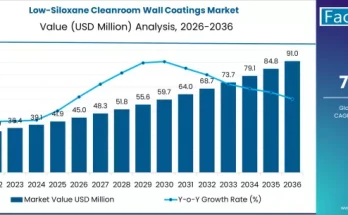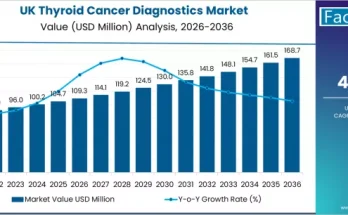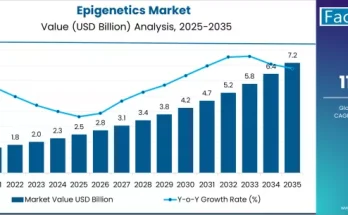Microbial cell banking is a cell preservation technique used to maintain cell potency, recovery and viability. Microbial cell banking has several applications in the manufacturing of biological therapeutics. In general, the number of biological therapeutics are derived from microbial cells either the natural way or through genetic modification. In microbial cell banking, cell substrates are preserved and used to maintain the uniformity & integrity of cells. The success rate of microbial cell banking highly depends upon the type of cell medium used according to the requirements.
Microbial cell banking is classified into two types: master cell banking and working cell banking. Master cell banking is defined as the process of preserving the initial clone or the preliminary cell substrates derived from the initial clone. Master cell banks are cryopreserved to control the contamination, genetic variation and degradation. Working cell banks are derived from master cell banks and are used for developing last-stage biological therapeutics. Even though working cell banks are derived from the master cell bank, there is a huge difference in culture conditions and cell culture components. In master cell banking as well as working cell banking, the maintenance of identity, purity and stability is the prime requisite for the success of microbial cell banking.
Microbial Cell Banking Market: Drivers and Restraints
The quality of biologics is highly depended upon the quality of cell substrates used for their development & manufacturing. Growth in the demand for high-quality cell substrates is boosting the microbial cell banking market. Moreover, raising concerns of contamination and gene variability during biopharmaceutical production processes has boosted the adoption of microbial cell banking. Furthermore, rapid advancements of microbiology has led to the incorporation of cell substrates/viable cells in the treatment of diseases. The development of microbial cell-based therapeutics has high potential in treating unmet medical needs. Whereas, increase in the demand for cell substrates for the treatment of unmet medical needs has also boosted the adoption of microbial cell banking among end users.
Apart from these, the legislative structure has incorporated quality standards in developing cell-based biopharmaceuticals. It has led to increasing dependency upon microbial cell banking to ensure the quality and safety of biopharmaceuticals. Moreover, increase in the number of research activities to develop biopharmaceuticals for unmet medical needs is boosting the microbial cell banking market. All these factors act as potential drivers of the microbial cell banking market. However, rising concerns regarding contamination and complexity are hampering the growth of the microbial cell banking market.
Microbial Cell Banking Market: Segmentation
The global microbial cell banking market can be segmented on the basis of banking type, end user and geography.
Based on product type, the global microbial cell banking market is segmented as:
- Working Cell Banking
- Master Cell Banking
Based on the end user, the global microbial cell banking market is segmented as:
- Biopharmaceutical Companies
- Research Organisations
- Others
Microbial Cell Banking Market: Overview
The global market for microbial cell banking is expected to register a significant growth rate over the forecast period due to an increase in the demand for microbial cell banking. There is high competition in the microbial cell banking market due to the presence of a large number of market players. To sustain in competition, manufacturers mainly depend upon innovations that help improvise the existing microbial cell banking models. Increase in the adoption of microbial cell banking has replaced the traditional method of preservations. Significant demand for high-quality biopharmaceuticals is expected to boost the demand for microbial cell banking over the forecast period.
Microbial Cell Banking Market: Regional Outlook
Geographically, the global microbial cell banking market is segmented into North America, Latin America, Europe, Asia-Pacific excluding Japan (APEJ), Japan and the Middle East & Africa (MEA). North America is expected to account for a major share in the global microbial cell banking market owing to increasing adoption. The microbial cell banking market in Europe is the second-largest shareholder due to an increase in the number of research initiatives among end users. The Asia Pacific excluding Japan and Latin America regions are expected to witness fast growth as compared to other regions due to increasing investments for biopharmaceutical development. Middle East & Africa is expected to account for a small market share as compared to other regions.
Microbial Cell Banking Market: Key Players
The global microbial cell banking market is highly fragmented owing to the presence of a large number of domestic manufacturers. Some of the key players of the global microbial cell banking market are Lonza Group Ltd.; Merck KGaA; Biovian Oy; Vibalogics GmbH; Eurofins Scientific; Luina Bio; Altogen Labs; VGXI, Inc.; ATCC and Charles River Laboratories, Inc.
The report is a compilation of first-hand information, qualitative and quantitative assessment by industry analysts, inputs from industry experts and industry participants across the value chain. The report provides an in-depth analysis of parent market trends, macroeconomic indicators and governing factors along with market attractiveness as per segments. The report also maps the qualitative impact of various market factors on market segments and geographies.



